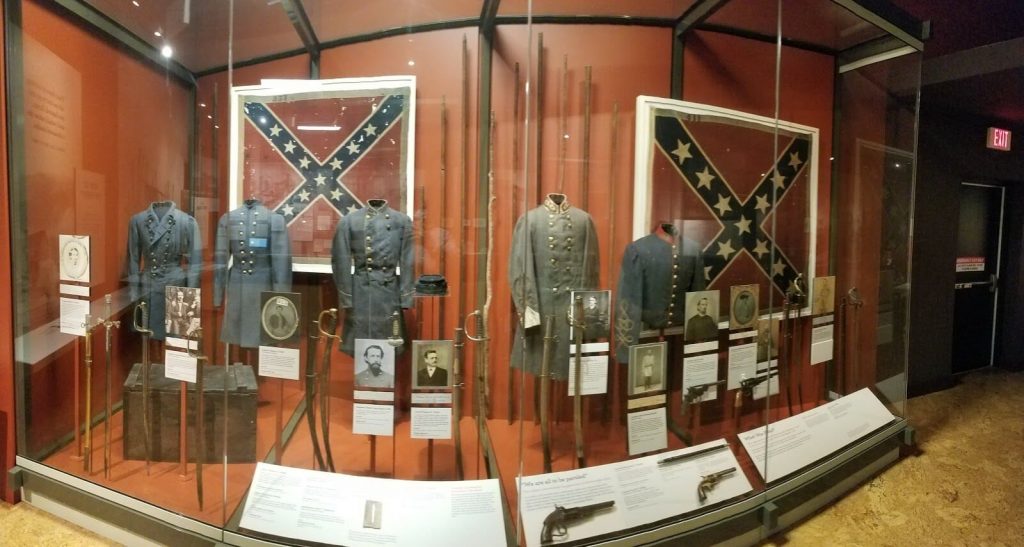

Case number 866 was used twice.ĭates appear in the database in this format: YYYY-MM-DD (example: ). There were no entries for case number 143, 419, 809, 943, and 944. In the database, these are given in the fields "Company Designation Letter" or "Company Designation Nickname." Example: to search for the 61st Virginia Regiment, enter "61 virginia regiment".Ĭompany names were indicated by either a letter ("B") or a phrase ("Carrington Artillery"). In the current database, all reasons for discharge appear in the field "Outcome." Any additional information appears in the "Notes" field.įor this database, regimental names are broken into three separate fields: "Regiment State," "Regiment Branch," and "Regiment Number." The number is given in straight numeral form rather than ordinal form. The same hand filled in all of the entries until number 1316. The last twenty entries returned to more cursory information (and a different, far sloppier, handwriting), but retained the Remarks column. Entries 1060-1315 delineated dates, ranks, and military unit more clearly, replaced "Discharged" with three (later four) columns for alternative outcomes: furloughed returned to duty transferred (and died), and added a "Remarks" column. Entries 930-1059 omitted the separate column for rank and moved the admission date to the first column. The first 576 records list units primarily by the names of captain and the regimental number and the disposition or outcome in a single column marked "Discharged." Entries 578-929 substituted Company for Captain.

The register pages change format in several places, supplying different kinds of information in different order across the page. For example, the Virginia cavalry units did not number over 47 thus Virginia units numbering over 47 must have been infantry.

This is beyond doubt for many of the higher numbered units. In almost every case, the unit in question was infantry. Most of the entries for unit designations did not specify the branch of service. The transcriber took the liberty of adding Virginia and Artillery to the designation. Similarly, many unit designations listed the Richmond Howitzers, a famous Virginia Artillery unit. Even when the designation does not say "artillery," the transcriber added that information (except when battery and battalion could not be distinguished). The most common example of this is the unit designation of an artillery unit as a battery. Also, when the information about the military unit did not list the state or branch of service, but that information was known from the information given, he added the unambiguous, easily-known information.
Farmville va civil war hospital museum full#
for James), the transcriber entered the full names. The current database is an updated version of a database originally developed in 1998 as part of a joint project between the VCU Libraries and the American Civil War Museum.Įxcept as noted below, the information in the database is a literal transcription of the information compiled in the Robertson Hospital Register, which is housed at the American Civil War Museum.įor proper names, rather than transcribing exactly the commonly-used abbreviations of first names (Jno. All of these fields are indexed and are searchable. Each entry contained the following information on the patient (note that not every entry contains data for every category): case number, rank, name, company, regiment, captain's name, residence, date admitted, disease, and date discharged. There are 1,329 entries in the register, each assigned a case number. The Robertson Hospital Register is an 84-page handwritten logbook of Civil War patients admitted between Augand April 2, 1865. This speaks to the success of the hospital. Moore closed all private hospitals in favor of large military hospitals to be run by commissioned officers. She was commissioned as Captain on September 9, 1861, in order to keep the hospital open after Surgeon General Samuel P. Tompkins was the only woman to be commissioned by the Confederacy. Located in the house of Judge John Roberts at the northwest corner of 3rd and Main Streets in Richmond, Virginia, the hospital was run by Captain Sally Louisa Tompkins, and was in operation from late July 1861 until June 1865.

Robertson Hospital was a small, private Civil War hospital financially subsidized by the Confederate government.


 0 kommentar(er)
0 kommentar(er)
